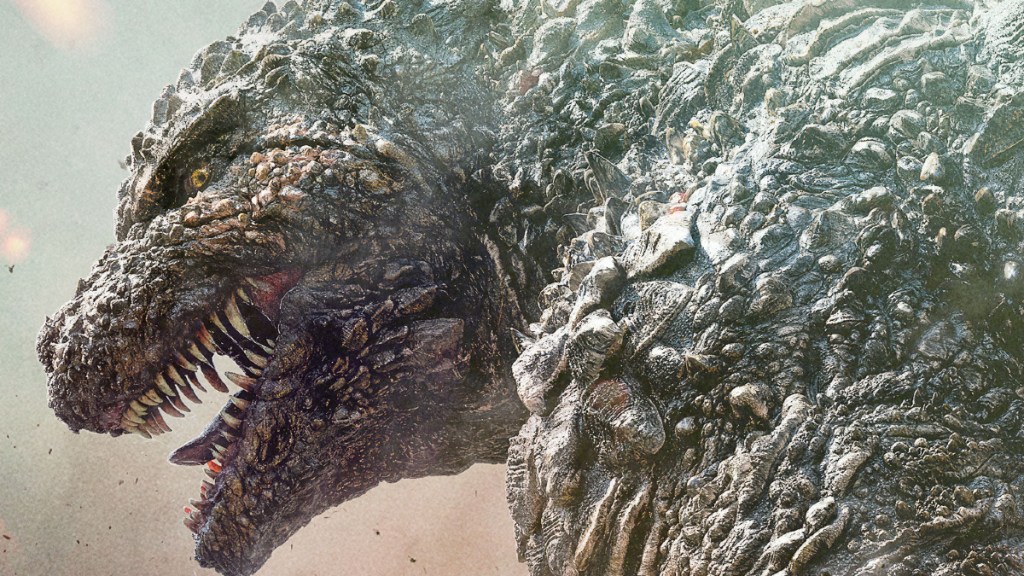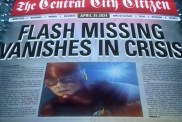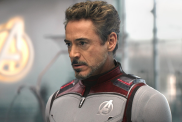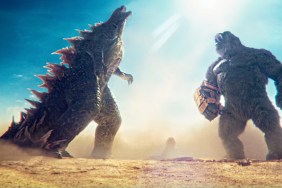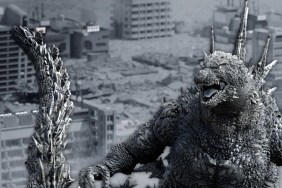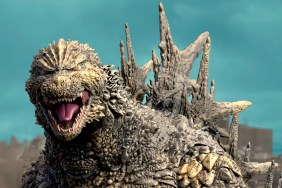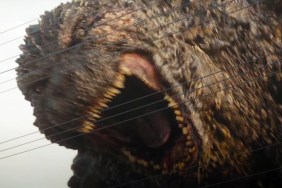Gareth Edwards’ Godzilla and its sequels proved we have the technology nowadays to make a convincing, photo-real version of the original kaiju and the cities that he stomps on. With Godzilla Minus One, Japan takes that baton back and runs with it, going full Peter Jackson on the original Gojira by remaking that very first movie of the 33-film series and even setting it in 1945 to preserve the original era that spawned the beast. For the first time in a long time, it’s also a solo Godzilla story, presenting an additional challenge.
Monarchs of Mayhem
While fans are naturally inclined to root for him to smash stuff, he’s the villain again now. That’s an uphill climb for monsters like King Kong and Godzilla, who began their cinematic lives as dangerous threats representing deeper cultural fears, but over the years and many TV reruns became beloved by children who want them to win. Godzilla went on to become Earth’s defender against worse monsters, while Kong became a progressively more tragic figure in each of his reboots.
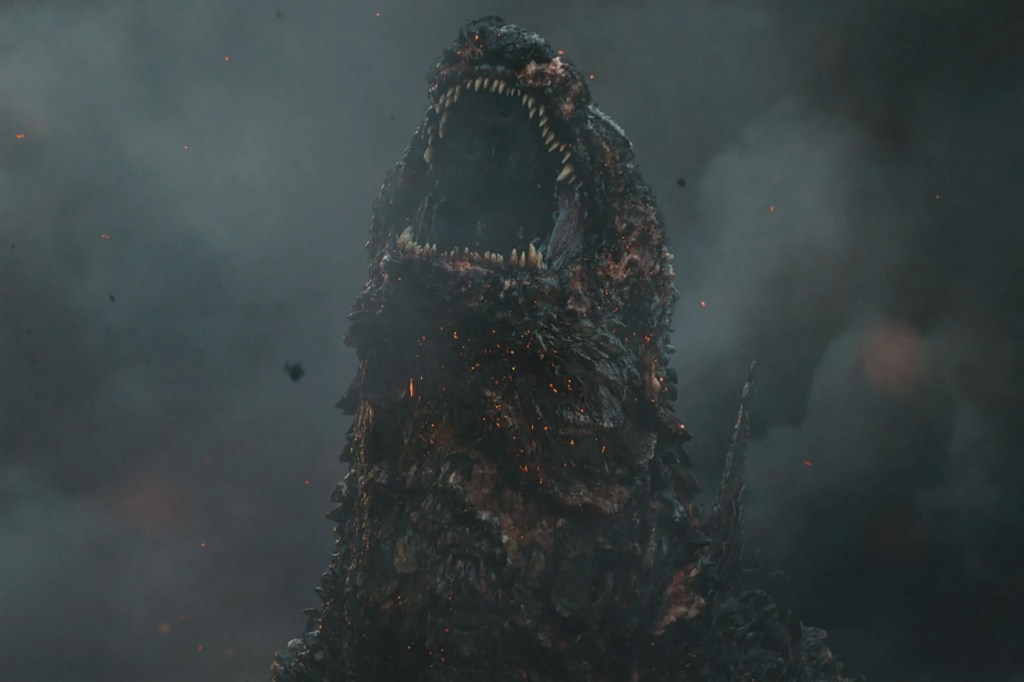
The newest Godzilla represents atomic fears again to a point, but more specifically embodies survivor’s guilt now. He first emerges in smaller form than we’re used to — about the height of a Jurassic Park tyrannosaurus — to attack Koichi Shikishima (Ryunosake Kamiki), a would-be kamikaze pilot who has lied about his plane’s mechanical condition in order to land on a repair island rather than die flying. Ordered to shoot the monster with his plane, Koichi freezes up with fear again, leaving all but one of the mechanics to die. He’s shipped home, ashamed as his guilt grows with the body count. So too does Godzilla grow as the reptile gets caught in the Bikini Atoll nuclear test and mutates.
Nuclear Family
In the devastated ruins of a Tokyo flattened by firebombing, Koichi takes in female refugee Noriko Oichi (Minami Hamabe) and the orphaned baby she cares for. As they build a (seemingly platonic) life together, a desperate Koichi takes a job on a boat trawling for undetonated mines. This soon turns out to be a front: scientist Kenji Noda (Hidetaka Yoshioka), who runs the operation, has been apprised of the existence of Godzilla and is actually tasked with slowing his inevitable approach to Tokyo. The lengthy sequence on the boat is like its own mini-movie, specifically Jaws — and not just because Godzilla swims dorsal fins-up. These four men have a bond similar to the three from Spielberg’s shark movie, although this time the traumatized veteran is quite a bit younger.
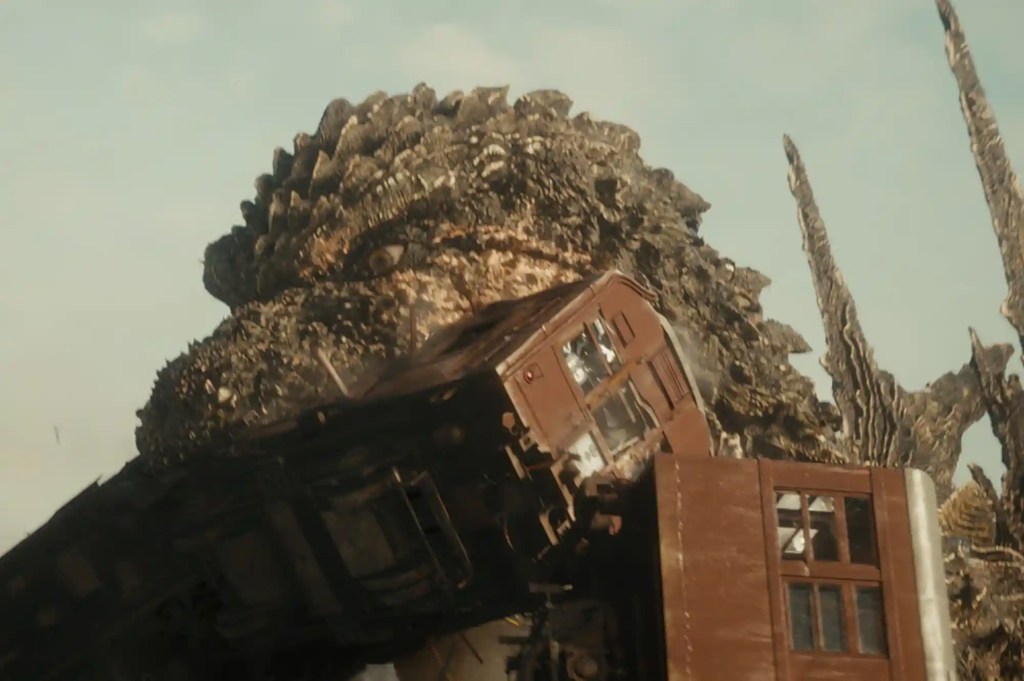
He’s not the youngest, though. For contrast, one of the four is a young man who never quite got old enough to serve while the war remained ongoing. His disappointment to that effect shows his naivete, but also his ability to think outside the military box.
But let’s cut to the chase: of course they don’t prevent Godzilla from getting to Tokyo and giving it the ol’ smashy-smashy. The atomic breath is more symbol-laden this time around — when he fires it at a target, the object that gets hit explodes with a mushroom cloud and a shockwave. It’s not a full-force nuke, judging by the fact that nobody’s skin melts. It is, however, devastating and ruthless. This Godzilla is like honey badger giving no damns. He will kill you, because he is actively malevolent.
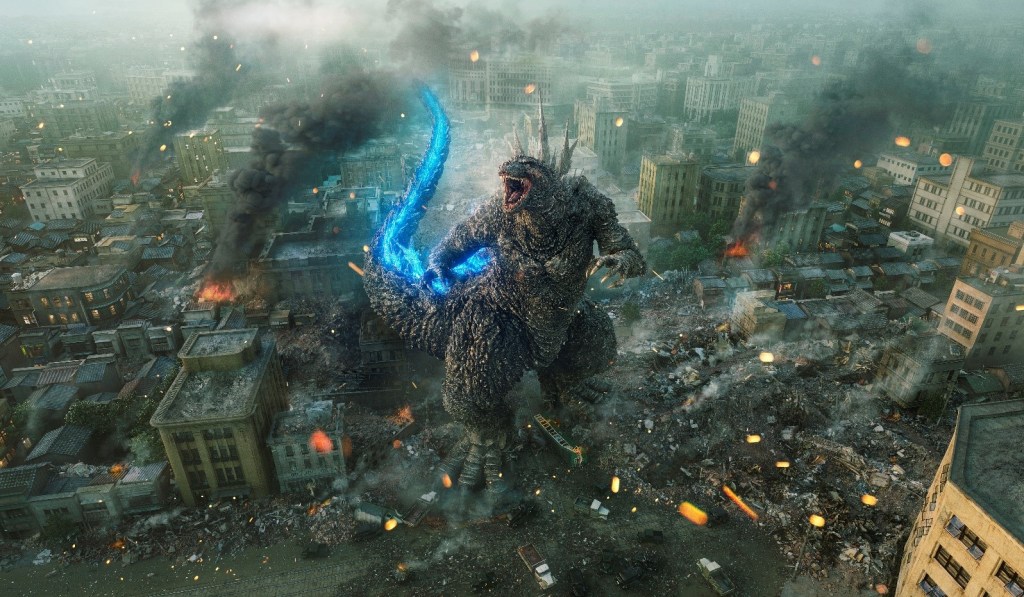
Size Does Matter
Since he’s a little bit smaller than usually depicted (his full-sized mode is a similar height to Roland Emmerich’s 1998 Godzilla in name only), he’s actually scarier, because that scaling down allows the big guy to stare directly at someone or knowingly step on them. Some Godzillas get too huge to relate to, but this one needs to see the prey he’s tormenting. As in most of these movies, there’s a significant second-act stretch where he vanishes from the narrative, but on the whole there’s more monster stuff here than in any other solo Godzilla film.
Though the movie never establishes this as literal fact, thematically the one person he can’t kill is Koichi, since he is effectively the embodiment of Koichi’s trauma and every tactic against him (narratively speaking) is bound to fail unless Koichi can beat his fear of failure and embarrassment in survival. Godzilla movies don’t often do the greatest job of making us care for the puny humans, but director Takashi Yamazaki (ironically a special effects guy) puts a lot of work into giving us reasons to root for Koichi’s makeshift family.
You don’t have to be a refugee or veteran to get it. Anyone who has ever “made” a family to replace one lost for any reason can tap into that desire, not to mention they can also understand that people in such circumstances often have a dark cloud they’re trying to leave behind. Said cloud usually isn’t such a literal, living WMD, but such is life in kaiju flicks.
Don’t Tread on Them!
While American Godzilla films focus on the monsters as literal characters, Godzilla Minus One has him as a sort of spiritual curse powered by negative emotions, which is a longstanding trope of Japanese folklore and a lot of anime. It’s inherently digging deeper than the films that focus on monster fights like they’re a WWE main event. There’s a major populist streak here, too, as the men — they’re all men — who come together to fight Godzilla do so without sanction from the government, which, in the late 1940s, hardly seemed qualified to protect Japan from anything.
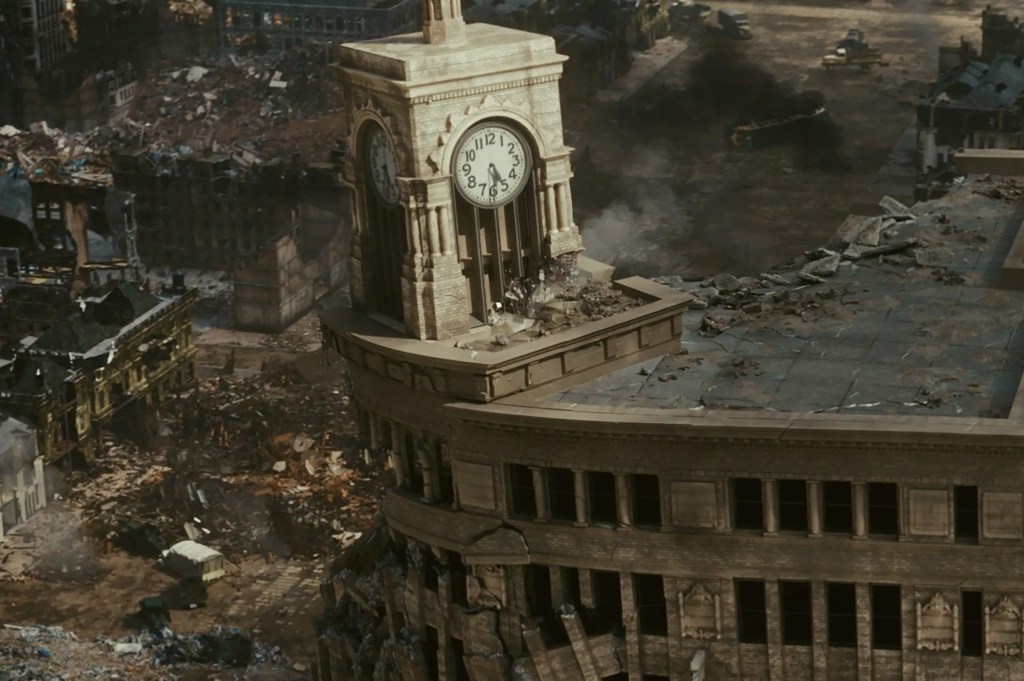
At the risk of a vague spoiler, there’s one plot point that’s mildly troublesome, and a lose-lose proposition. Played one way, it risks being a misogynist cliche; played the other, it arguably undercuts some of the jeopardy. Viewers who wholly give themselves over to the emotion and Koichi’s trauma battle likely won’t mind, but on an intellectual level, it’s a little frustrating.
Nitpicking intellectual points in a Godzilla movie, however, sounds silly even as I write it, though it’s a testament to where this one ranks in the kaiju pantheon that it actually makes the viewer think about themes and characters. Shin Godzilla was arguably the best in the series until now. Minus One is at least equally good in different ways. It can’t have the same groundbreaking impact the very first Gojira did, but it echoes it in ways very few successors have even approached.
Grade: 4.5/5
Godzilla Minus One opens theatrically in the U.S. Dec. 1st.
